The Audeze LCD-5 is much easier to drive than the headphones above, so there really is no issue for the LINA amplifier with this Audeze. What I adore in this combo is the musical delivery, vibrant bass, and mid timbre. The LCD-5 here is precise, dynamic the more forward vocals make it an energetic headphone to listen to. Audeze has never been the absolute best when it comes to spaciousness, airiness, and sound stage width, but the LCD-5 is one of the better headphones in this regard. The LINA amp strengthens these characteristics. I’m repeating myself, but if you like the typical LCD-5 tuning, you won’t be disappointed with this combo at all.
Another famous headphone is the 300Ohm Sennheiser HD 800 S. With this headphone I prefer the low gain setting on the LINA amp, as the vocals sound more natural with this dynamic driver. In high gained they sound a bit forced. Of course, here you get one of the best sound stages and a perfectly open and airy presentation. All-in-all the HD 800 S with the LINA amp is lighter in body, and as tis is a neutral and transparent solid-state amp, there is not warmth, or extra body here (which I like in the HD 800 S with a tube amp). So, if you like the HD 800 S as is it, you will be pleased, if you want a warmer and fuller Sennheiser, a tube amp is still the way to go.
The 250 Ohm dynamic (Tesla) driven Beyerdynamic DT1990PRO is a headphone that shines depending on the amplifier used. When the synergy is there, the headphone is incredible, when there’s no magic, it’s a bit on the boring side. With the LINA amplifier (in high gain this time), the DT1990PRO sound full, open, tight, and fast. Control, precision, and depth with excellent layering is what you get here. The overall tuning still is fairly neutral, so if you want a fuller, more energetic, contrasting (bass/treble) and warmer Beyer, look for a different amplifier (like the Niimbus US4+).
Last but not least is the Hifiman HE6SE headphone. In high gain the combo is as good as it gets. It’s quality over quantity here. You get the nice typical Hifiman bass, sublime vocals and extended top end. In general, the combo is lighter in body and weight. Bass reaches down low with excellent layering, detail, and sub rumble, but bass is lighter in presence. Same goes for the mids and top end. I can appreciate the HE6SE with this setup, but I also like it when it sounds fuller and has that extra sparkle which I find just a bit lacking here.
Vs Niimbus Audio US4+
As we never got to review the Bartok, the most direct comparison I have in the collection is the Niimbus Audio US4+. The DAC used is the LINA DAC and the headphone used is the Hifiman Susvara in balanced mode.
The German Niimbus Audio US4+ headphone amplifier is a well-know and recognized high-end solid-state headphone amplifier, selling for around $6K. The big difference here is that the Niimbus is tuned to add presence and weight as well as additional warmth. This means you get a fuller sounding Susvara with a smoother tonality, especially in the midrange. Vocals are softer and sexier, the top end is more relaxed, easier on the ear and not as extended. The bass presentation here is completely different as you here get quantity as well as quality. In this combo, I can imagine the bass to be a too much for a selection of Susvara lovers.
Both amplifiers make the Susvara shine, and they portray great dynamics, but you do get a completely different Susvara. With the LINA setup the Susvara sounds the most revealing, precise and energetic. Pure quality. With the Niimbus the musicality factor is higher, and it will get your head shaking quicker. I like both combos, and it mostly depends on my mood and the music I am listening too.
When going back to the LINA amplifier after having spent some time with the Niimbus, you immediately see what the MINA is all about: neutrality, dynamics, precision/detail retrieval and not colouring the headphone. A true high-end reference tuning as many like to call it.
Using the LINA DAC with a high-end amplifier such as the Niimbus also shows how excellent dCS’ DAC really is. We will of course get into that in a dedicated dCS LINA DAC review if time permits (loaner).
Sound – Non dCS DAC
You’re not obligated to buy the dCS clock and DAC together with the amplifier, and all units are available separately. I have a feeling more people will be buying separate units then they will buy the full stack. One thing is clear, a high-end amp like this needs a good DAC and in my case that means going the R2R route.
For this section I have chosen to feed the LINA amplifier with the Musician Pegasus Aquarius R2R DAC ($3,199 USD). The source is still my laptop with ROON and everything is in balanced mode with the buffered XLR-inputs. The headphone of choice is the Hifiman Susvara.
The biggest difference here is that you without the Clock and DAC, get fuller and even warmer sounding Susvara from top to bottom, with a weightier delivery, bigger bass presence and sub bass rumble. The downside is that the level of clarity and cleanness reduces somewhat. The dCS amplifier this way is less revealing and precise. It still sounds great, but the delivery is a lot more coloured then the full dCS LINA stack. Both are great but different. If you like more body, warmth, and smoothness but still at a high technical level, this can work for you. If you enjoy the more neutral and revealing style of delivery, the full dCS stack still is the way to go.
Of course, many combos are possible here and it’s impossible to test them all. If you however want me to test the amp with one of the DACs in my collection, let me know in the comments and I will see if I can make the “comparison” happen for you.
End Words
My time with the dCS LINA stack has been truly remarkable up to now. I remember I was blown away when I first turned it on and listened to my favourite tracks. Believe me, if you’ve been reviewing for over 10 years, that’s not easy to do but the LINA setup did that and it still does.
There’s no denying the MSRP is high and it’s a real high-end unit, aimed at a small part of the market that has big pockets. If you don’t have any financial restrictions, the dCS LINA stack is absolutely recommended. If it for you (like it is for me) is above your budget, then going for the LINA amp only, could be a good solution.
The LINA headphone amplifier is engineered to be a neutral, transparent, and highly revealing amplifier and it does just that. It allows you to hear what your headphones are really about, and it let’s you tune the sound by using different sources. The dCS LINA amp plays (more than) excellent with almost all headphones I plugged into it, and I absolutely recommend you listen to the amp and the full stack if you get the chance to do so.
Well done dCS, that’s all we can say. And maybe a mini LINA soon?
Page 1: dCS Audio, dCS LINA, dCS LINA Components
Page 2: dCS LINA Amplifier Features, Design & Build quality, Box, Amplifier lay-out, Full specifications
Page 3: Sound Intro, Sound General, Sound Headphones Pt. 1
Page 4: Sound Headphones Pt. 2, Comparison, Non dCS DAC, End Words






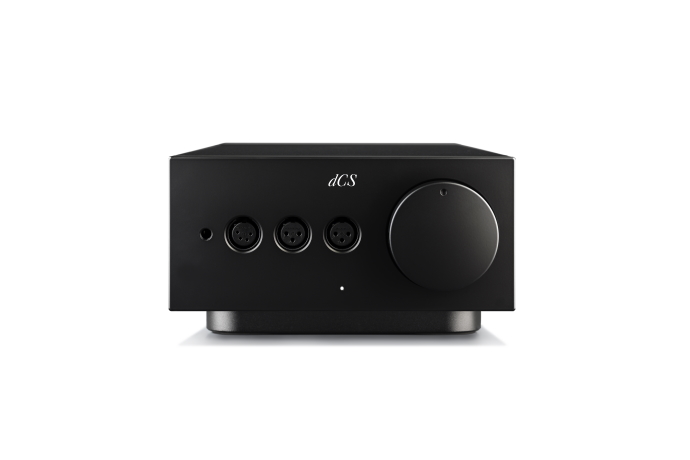
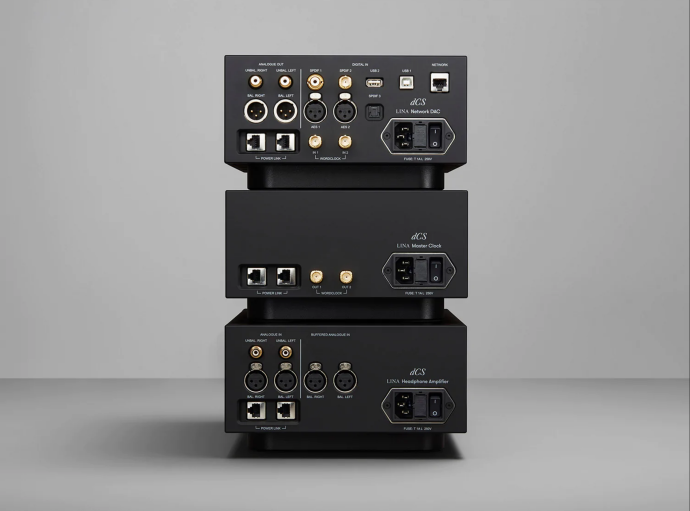
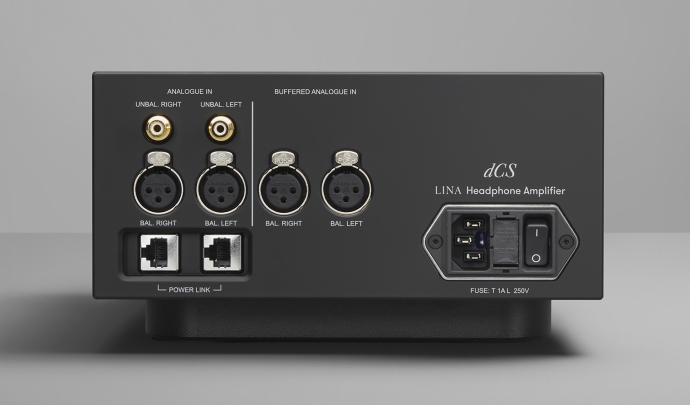
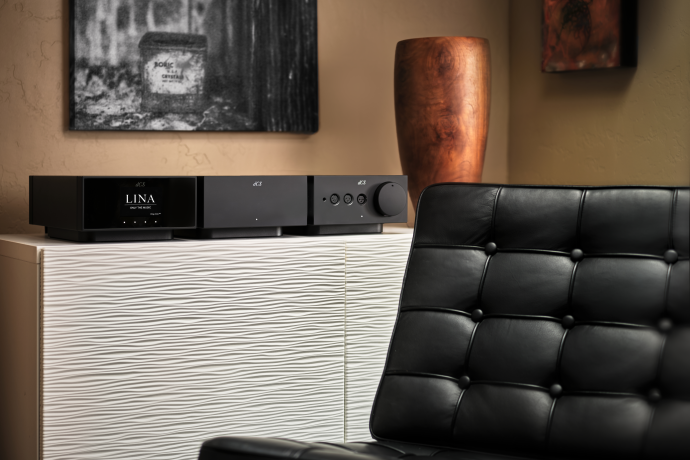
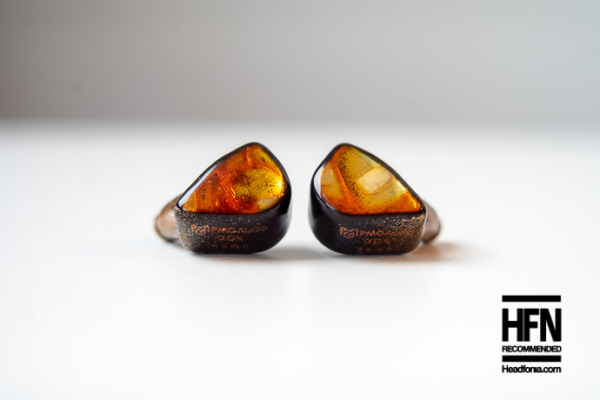
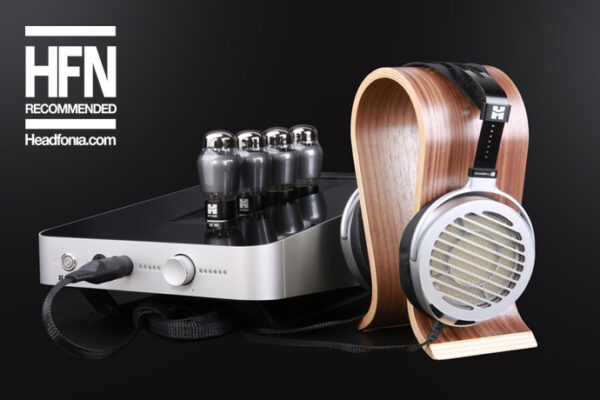
Klicket E. Clack
I don’t get the excitement surrounding a $9,000 amp that boasts of doing absolutely nothing to the sound. Isn’t “getting out of the way of the music” basically what a Topping A90D or Singxer SA-1 or any of their ilk does for a tiny fraction of the price? What exactly does this amp do, soundwise, that those don’t? Are you hearing details that aren’t present on those amps? Is there a greater sense of space? Theoretically, they should sound exactly the same if the sound is uncolored, no?
Lieven
There’s a serious technical difference between a topping, smsl and the LINA. It’s like comparing Dacia to Lamborghini.